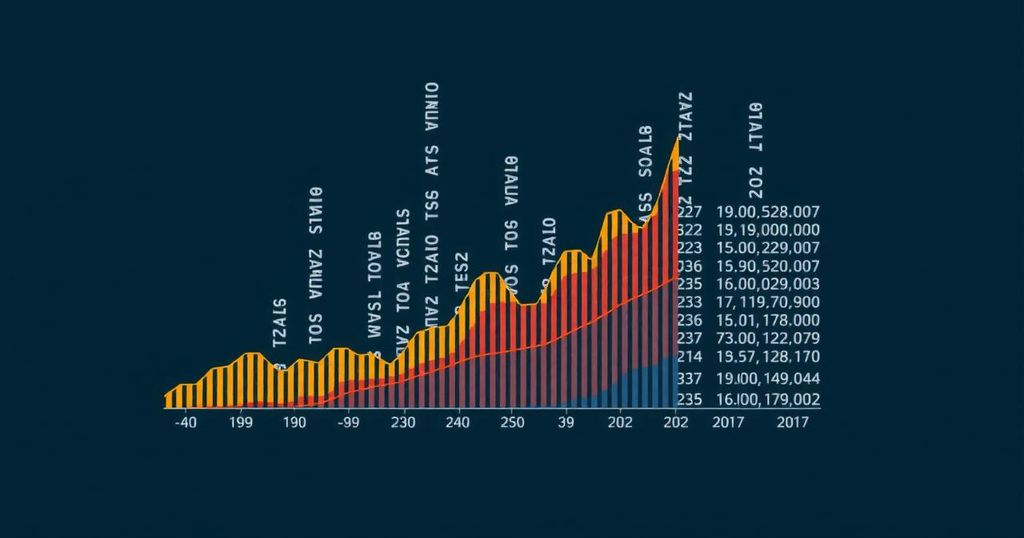U.S. Employment Growth in August: Implications for Federal Reserve Rate Decisions
In August, the United States economy witnessed the addition of 142,000 jobs, a figure that fell short of the anticipated 160,000 and was slightly lower than previous expectations. However, this job growth coincided with a decrease in the unemployment rate, which fell to 4.2% from 4.3% in July, in accordance with economic forecasts. Notably, downward adjustments to the employment figures for July and June render the employment landscape less robust than initially perceived.
In the immediate aftermath of the employment report, the price of Bitcoin experienced a 1% increase, reaching approximately $56,500, although it remains approximately 5% diminished compared to the previous week. Traditional market responses included a reduction in early losses among U.S. stock index futures, with the Nasdaq Composite Index recording a decline of merely 0.5%, recovering from a drop exceeding 1%. Correspondingly, the yield on 10-year U.S. Treasury bonds decreased by 5 basis points to 3.68%, and the U.S. dollar index saw a decline of 0.3%. Furthermore, gold prices increased by 0.5%, approaching an all-time high of $2,557 per ounce.
The job figures from August are pivotal as they precede the Federal Reserve’s impending meeting, during which the institution is expected to initiate its rate-cutting cycle. Analysts speculate that the Federal Reserve may opt for a cautious reduction of 25 basis points; however, a weak employment report may sway them to implement a more significant cut of 50 basis points. Although the more significant downward revisions of July’s job gains (now reported at 89,000, down from 114,000) and June’s figures (now at 118,000, previously 179,000) may raise concerns, the average job growth over the preceding three months stands at a modest 116,000.
On a more positive note, the report revealed that average hourly earnings rose by 0.4% in August, surpassing the expected 0.3% increase and recovering from a dip of 0.1% in July. On a year-over-year analysis, the rise in average hourly earnings was reported at 3.8%, exceeding both the anticipated 3.7% and July’s 3.6%. As the economy continues to navigate these mixed signals, the forthcoming decisions from the Federal Reserve will be critical in shaping monetary policy going forward.








Post Comment